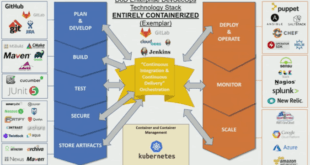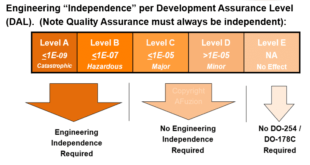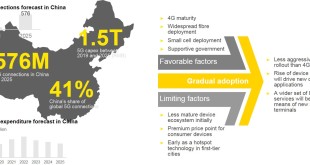Our livelihoods – food, jobs, energy – depend on functioning and resilient global supply chains. Unfortunately, the uncertainty caused by the progress of the COVID-19 pandemic from region to region has made it difficult to resume business on a global scale. Since the beginning of COVID-19, companies and countries …
Read More »DevOps running on Kubernetes, and Containers, is the Future of Software
DevOps is a software engineering culture and practice that aims at unifying software development (Dev) and software operation (Ops) and removing the traditional barriers between the two. DevOps is an ideology comprising three pillars—organizational culture, process, and technology and tools—to help development and IT operations teams work collaboratively to build, test, …
Read More »Cyber Security of Industrial control systems (ICS) and SCADA systems
Industrial control system (ICS) is a collective term used to describe different types of control systems and associated instrumentation, which include the devices, systems, networks, and controls used to operate and/or automate industrial processes. Depending on the industry, each ICS functions differently and are built to electronically manage tasks efficiently. …
Read More »5G is a game changer for the military
Mobile communications systems have evolved through wireless technology innovation into 2G, 3G, and then 4G to keep pace with ever increasing voice and data traffic. 5G is the latest iteration of cellular technology that is providing seamless coverage, high data rate, low latency, and highly reliable communications. It will increase …
Read More »Industrial IIOT
The industrial internet of things (IIoT) refers to the extension and use of the internet of things (IoT) in industrial sectors and applications. Industrial IoT, or the Industrial Internet of Things (IIoT), is a vital element of Industry 4.0. IIoT harnesses the power of smart machines and real-time analysis to …
Read More »Investor Business Plan is a crucial document to raise capital
In an era where more than 50% of small enterprises fail in their first year, having a clear, defined, and well-thought-out business plan is a crucial first step for setting up a business for long-term success. Roughly one-third of startups fail because of a lack of funding. They may …
Read More »DO-178B/C Airborne Software certification standard for safety critical software make flying safer
The growing demand for high-efficiency fighter aircraft, commercial airbuses and the ever-evolving Aerospace and Defense requirements are driving the demand for next-gen airborne electronics systems. Air transportation agencies and aviation OEMs across the globe have been striving to build next-generation Airborne electronics systems to make flying more reliable, predictable, and …
Read More »Global race for 5G for connected homes, autonomous vehicles and drones, smart cities and Military
Mobile communications systems have evolved through wireless technology innovation into 2G, 3G, and then 4G to keep pace with ever-increasing voice and data traffic. Every generation of wireless technology brought many improvements including speed enabling many new applications. 1G was analog cellular. 2G technologies, such as CDMA, GSM, and TDMA, …
Read More »Laser sensors for military sonars and monitoring military assets and earthquakes
Laser, a device that stimulates atoms or molecules to emit light at particular wavelengths and amplifies that light, typically producing a very narrow beam of radiation. Lasers deliver coherent, monochromatic, well-controlled, and precisely directed light beams. Laser technology has observed a great advancement over the last few decades. This technology is …
Read More »Rocket and Missile system
The rocket and missile systems, are any of a variety of weapons systems that deliver explosive warheads to their targets by means of rocket propulsion. The rocket propulsion is a unique member of the family of jet-propulsion engines that includes turbojet, pulse-jet, and ramjet systems. The rocket engine is …
Read More » International Defense Security & Technology Your trusted Source for News, Research and Analysis
International Defense Security & Technology Your trusted Source for News, Research and Analysis





